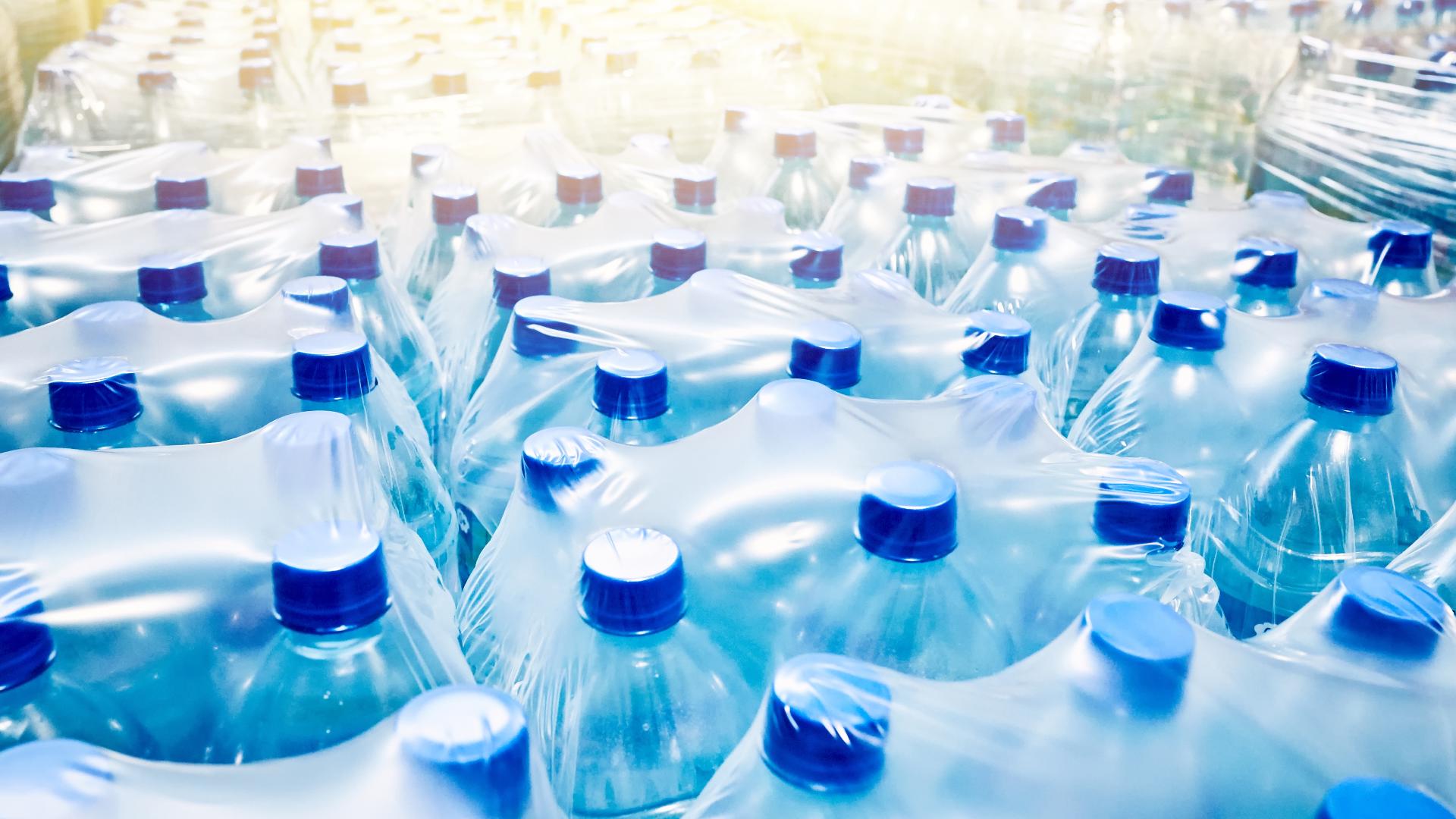OSCEOLA, Iowa — The city of Osceola is asking residents to drink only bottled water, if possible, amid severe drought conditions.
The announcement from Osceola Water Works Board and city officials comes just days after residents were warned that West Lake, the city's primary water source, only had a "couple hundred days" of water remaining.
“We want to encourage those who can to consider transitioning to bottled water for their drinking water needs. This isn’t an order or a mandate, it is simply a request to consider a change of routine,” said Osceola City Administrator Ty Wheeler.
Bottled water is available at local Hy-Vee and Fareway stores, both of which have been warned about increased need, as well as the Clarke County Emergency Management office.
Walmart has also donated three pallets to the Clarke Food Pantry. For more information on where to find water, click here.
The cause for the drought? In the past two years, the precipitation over West Lake has been more than 12 inches below what's needed to avoid drought conditions.
"The challenge we see in places like this is: you get one year of drought, 'It's OK, we can make it through.' You get two years, it starts to get a little pinched. You get three years, and it starts to be a real challenge for folks," Tim Hall, the Iowa DNR hydrology resources coordinator, told Local 5 earlier this week.
While it's not required to drink bottled water exclusively yet, officials did lay out a game plan in case West Lake continues shrinking.
"At the time of this article, water levels in Osceola’s West Lake measured approximately 1,065.6 feet above MSL. Normal pool elevations for West Lake are 1,072 MSL. That level hasn’t been seen for more than 24 months and without significant rain or water influx from another source, the drought will continue to cause issues both with raw water availability and treatment," the release reads in part.
If the lake level reaches less than 1,063 above MSL - around 2 feet less than the current level - city officials will distribute bottled water. If the levels were to fall further to 1,060, an emergency proclamation requiring all drinking water be bottled.
When necessary, water would be supplied in bottles, gallons, jugs and more in a drive-through method.

